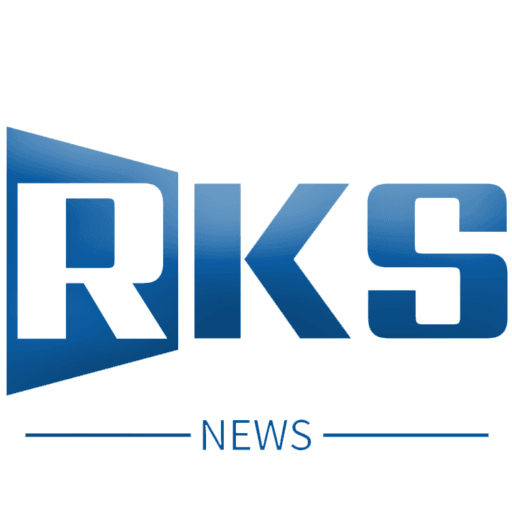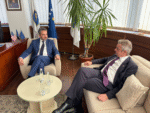Kosovo’s Minister of Internal Affairs, Xhelal Sveçla, has stated that around 400 Serbian extremists are being trained around the border with Kosovo.
According to him, it only takes an order from the Serbian president, Aleksandar Vučić, for them to start the attack.
He emphasized to “News 24” that preparations are underway to prevent any Serbian scenario, but also to confront it.
“About 400 Serbian extremists are being trained in areas around the border with Kosovo and can be activated for aggressive attacks with an order from Vučić,” Sveçla said.
The possibility of new attacks from Serbia in Kosovo is not ruled out by security issues expert Drizan Shala either.
Speaking to the newspaper “Bota sot,” Shala highlighted that the advancement of the so-called “New Yugoslavia” could produce tensions not only in Kosovo but in the region.
“In the circumstances that the Balkan region is experiencing a tensioning of the security balance disruption, we can say that any advancement of Serbian policy based on nationalist motives of creating the so-called ‘New Yugoslavia’ will undoubtedly produce tensions in various forms that could harm the national security of the country, but also have an impact on regional dimensions,” he stated.

According to the expert, the Serbian extremists being trained in Serbia are private military contractors aiming to annex the entire territory of Kosovo.
“The training of terrorist groups, which are in fact private military contractors with the mission of conducting military operations within a territory to capture strategic points and hold those points until further advancement from the rest of Serbia, is undoubtedly aimed at annexing the northern part with the intention of taking over the entire territory of Kosovo.
Attacks could occur the moment Serbia gives the green light at the political level to destabilize the region in three main points: in the north of Kosovo, the Serbian Republic within BiH (Bosnia and Herzegovina), and official Podgorica,” Drizan Shala emphasized to “Bota sot”.
He also commented on the Serbian nationalist graffiti that recently appeared in the Municipality of Zvečan.
“These graphics are a continuation of the hybrid war that Serbia has been waging since 2019, with a particular emphasis in 2021,” Shala stated.
The graffiti repeats the inscription “When the army returns to Kosovo,” which also includes the date September 24, a date last year when a Serbian paramilitary group attacked Banjska, resulting in the death of Kosovo Police sergeant Afrim Bunjaku.
“Don’t scream, we’re here to help you,” is another graffiti.







